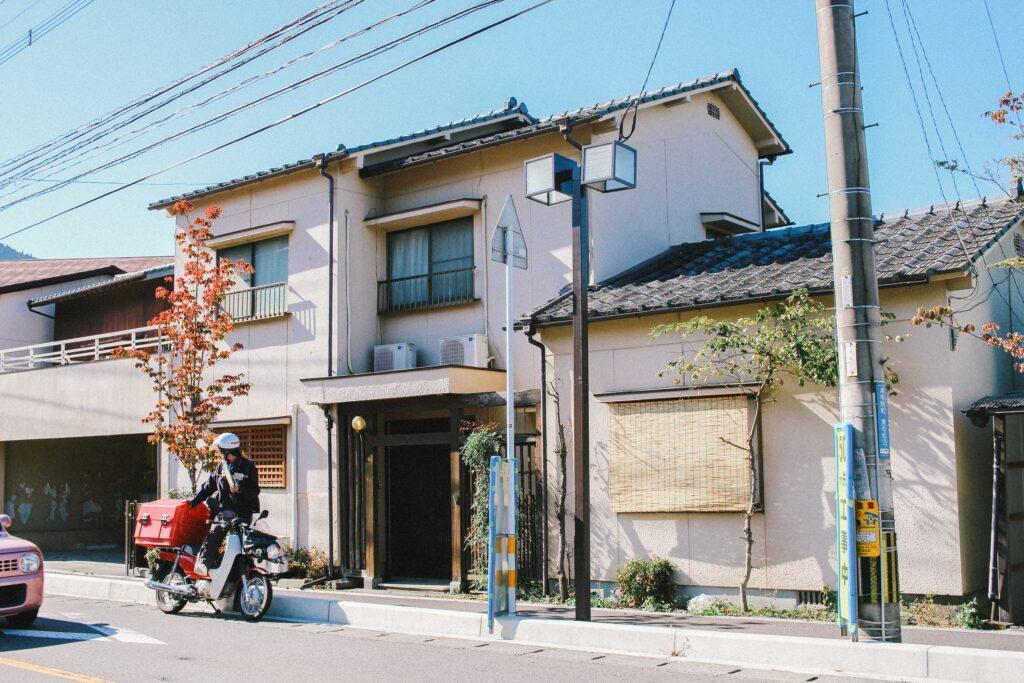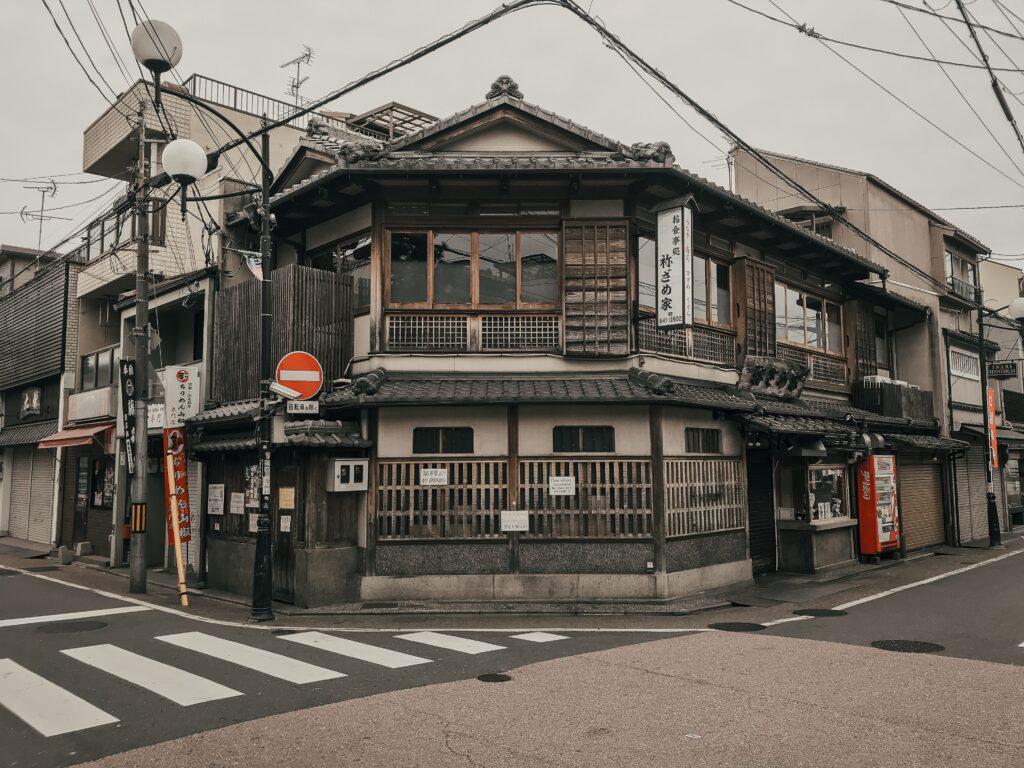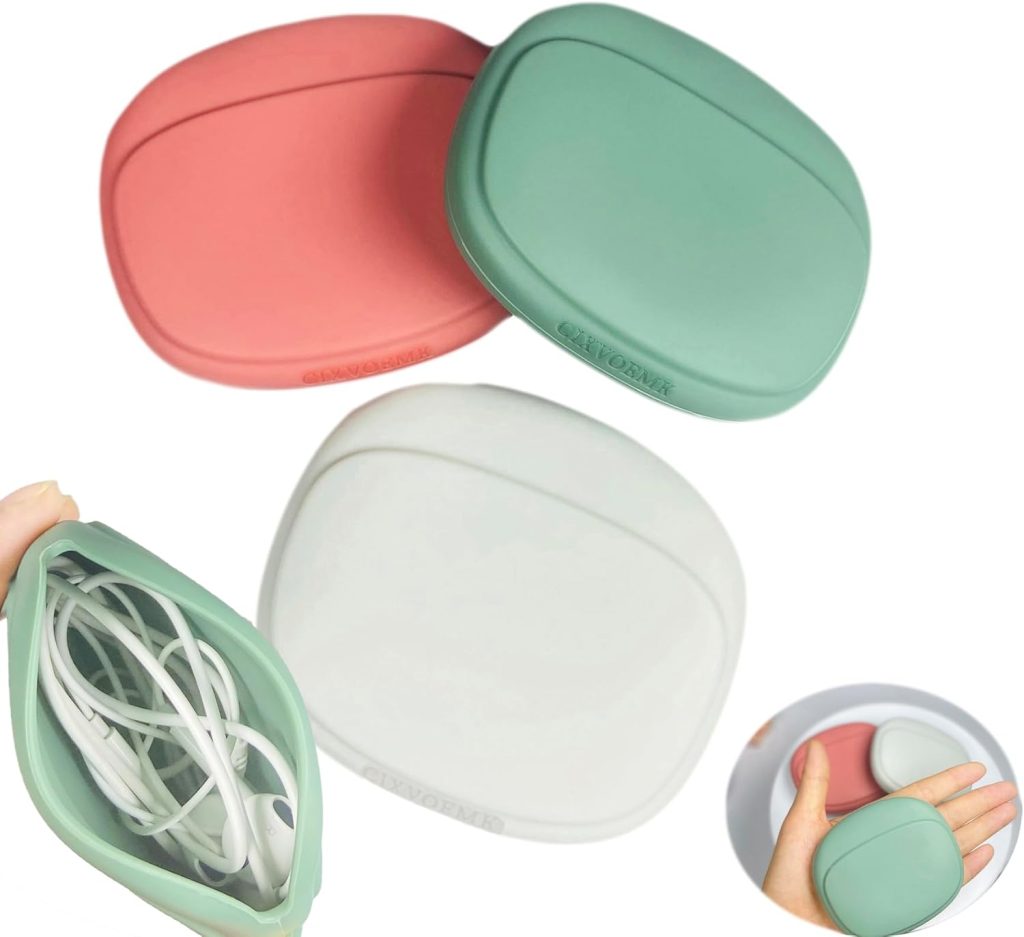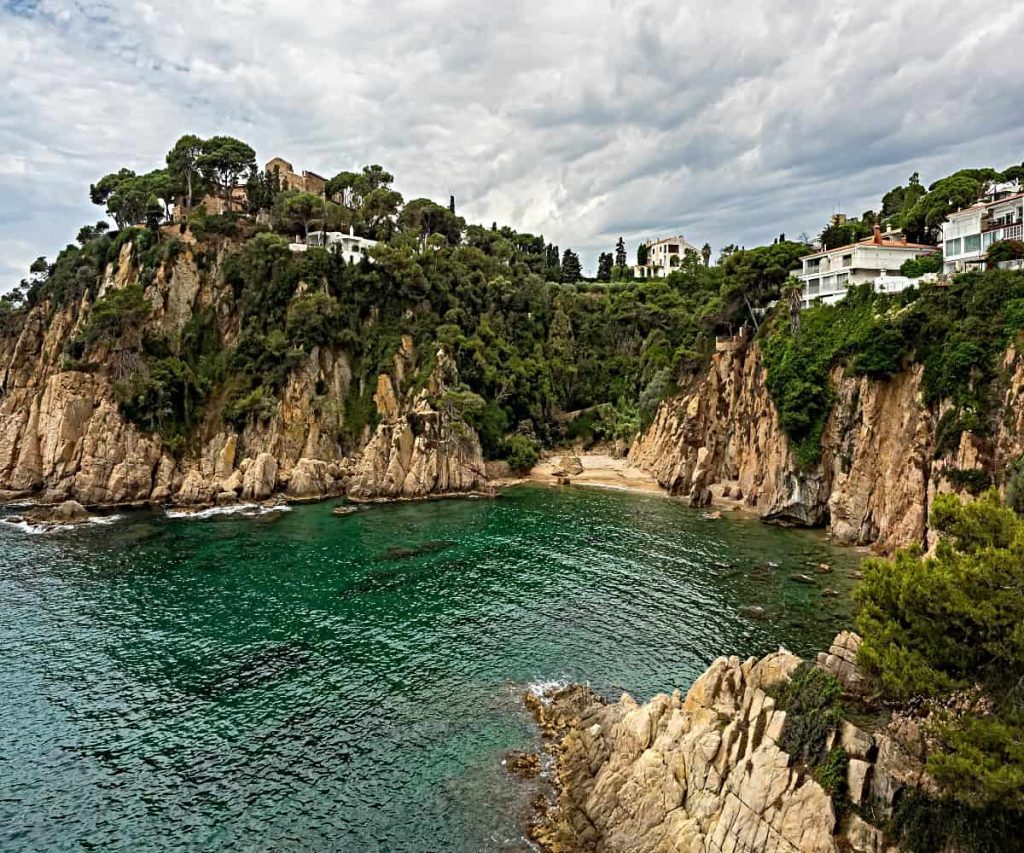Japan’s aging population and urban migration have led to an increase in vacant homes known as Akiya. These properties present a unique opportunity for foreigners to buy a home in Japan at a fraction of the cost. This guide will provide a step-by-step process for buying an Akiya house, including insights from a Japanese real estate investor.
Purchasing an abandoned Akiya home and renovating it provides foreigners with an affordable way to own real estate and immerse themselves in traditional Japanese culture. More than just a financial transaction, buying an Akiya is embarking on a journey. Purchasing an Akiya is about more than just owning real estate – it represents an immersion into Japanese culture and community.
Step 1: Understanding the Akiya Phenomenon
1.1 Definition of Akiya: Akiya refers to abandoned or vacant homes in Japan. The number of Akiya is estimated to reach 10 million by the end of 2023, accounting for 15% of all properties in Japan. Akiya Bank Portal provides listings of available properties.
1.2 Who Can Buy Akiya: Contrary to popular belief, Japan allows anyone, regardless of nationality or residency status, to buy real estate and land in the country. Foreigners have the same buying and ownership privileges as Japanese investors. However, financing may be challenging as a non-resident. While property values generally do not appreciate over time, owning an Akiya can still be rewarding for lifestyle reasons.
What Are Akiya Homes?
Akiya refers to abandoned or uninhabited homes, often located in rural areas facing depopulation. As the population declines, many older buildings are left vacant. Approximately 8 million Akiya structures exist across Japan. Though sometimes dilapidated, these homes present an affordable property option.
Popular places to find Akiya listings include real estate websites, Akiya banks that connect buyers and sellers, auctions, estate sales, and word of mouth. More remote locations offer lower prices but require greater renovations.
Step 2: Determine Your Eligibility and Goals
2.1 Who Should Consider Buying Akiya: This option is suitable for residents of Japan, non-residents who frequently visit, those planning to relocate, and individuals who are overwhelmed by the process but wish to settle in Japan.
2.2 Who Should Avoid Buying Akiya: If you’re looking to build financial wealth through real estate investing or not planning on living in the property, Akiya may not be the right choice for you.
Costs of Buying an Akiya Home
Livable Akiya homes generally range from ¥500,000 to ¥7,500,000 ($3,800 to $57,000 USD). Shells needing full renovation start under ¥100,000 ($750). With repairs, expect to spend ¥1.5 million to ¥5 million ($12,000 to $40,000 USD). Location, size, and condition impact prices.
Closing costs like taxes and legal fees total 7-10% of the purchase price. Non-residents will likely need to pay the full amount upfront in cash.
Step 3: Finding the Right Property
3.1 Types of Cheap Properties: Focus on pre-existing or older builds, often located outside densely populated urban centers.
3.2 Akiya Banks: Utilize Akiya banks set up by local authorities or independent organizations to find properties. These banks can match sellers with buyers.
Enlist a buyer’s agent to help navigate listings in Japanese, arrange viewings, negotiate offers, and guide the buying process. Expect to pay agents 2-5% of the purchase price.
Tour multiple properties in-person to assess condition and compare pricing. Hire a professional inspector to evaluate structural soundness, potential damage, repairs needed, and code compliance. Research the neighborhood and surrounding amenities. Prioritize accessibility based on your lifestyle needs.
3.3 Beware of Extremely Cheap Houses: Extremely cheap houses may require extensive renovation work. Consider your budget and ability to undertake such projects.

Step 4: Understanding the Japanese Real Estate Market
4.1 Depreciation and Sellability: Japanese real estate prices generally do not appreciate. Treat your property as an investment in happiness rather than a financial asset.
4.2 Paying Cash or Applying for a Loan: Most non-residents pay cash, as getting a loan from a Japanese bank can be challenging. Some may apply for a loan in their home country or use property as collateral.
4.3 Cultural and Language Barriers: Understanding Japanese cultural norms and language is essential. Employing an intermediary can save time and help negotiate better prices.
Step 5: Inspecting and Buying the Property
5.1 Key Questions to Ask the Realtor: Inquire about the date of building registration, vacancy duration, defects, and renovation history.
5.2 Professional Inspection: Consider hiring a professional inspector, especially for older properties.
5.3 Taxes and Fees: Be aware of various taxes, including registration tax, property acquisition tax, fixed asset tax, city planning tax, and stamp duty.
Making Offers and Closing the Deal
Once financing is secured, typically through savings or loans from your home country, submit an offer 10-20% below asking price. Be ready to negotiate or walk away if needed.
Vet all contract terms thoroughly and hire a legal professional to protect your rights as a foreign buyer. Require the seller to prove legal ownership.
After purchase, change registrations into the new owner’s name through a judicial scrivener.
Step 6: Renovating an Akiya Home
Many Akiya homes require extensive repairs and modern upgrades. Hire qualified contractors like Sakura House who specialize in traditional homes.
Incorporate Japanese aesthetics by keeping sightlines clear and decor minimalist. Shop for antiques or add handcrafted accents made from natural materials.
- Companies like Sakura House and Oakhouse specialize in renovating traditional homes and buildings.
- Incorporate Japanese textures like bamboo, rope, clay, paper, silk and wood in interior decor.
- Keep sightlines clear and furniture minimalist to reflect Japanese aesthetic principles.
- Shop for antiques like Imari porcelain, Edo Kimekomi dolls, or Meiji Era collectibles to display.
Step 7: Enjoying Your New Home
7.1 Insurance and Utilities: Consider home insurance and budget for utilities. Solar panels can reduce electricity costs.
7.2 Property Management: If away for extended periods, consider hiring a property manager.
Conclusion
Owning an Akiya house in Japan may not make financial sense on paper, but it can be a fulfilling and attainable goal for the right individual. The process requires understanding the market, legal requirements, cultural norms, and potential challenges. With careful planning and consideration, buying an Akiya house can deepen your connection with Japan and contribute to revitalizing beautiful towns and villages.
Understanding Traditional Japanese Architecture
Some classic elements of Japanese traditional architecture include:
- Engawa – The veranda area surrounding the house that acts as a semi-outdoor living space. Often made of wood and elevated slightly above ground level.
- Genkan – The entryway area for removing shoes before stepping up into the main living areas. Usually features a step up and storage cubbies.
- Washi-tsu – Tatami mat rooms defined by rice straw tatami mats on the floor and shoji screens as room dividers. Symbolize simplicity and zen design.
- Ofuro – Japanese style bath, either a wooden soaking tub or tiled bathing area for relaxing hydrotherapy, often separate from the main house.
- Shoji and Fusuma – Framed paper screens that act as movable interior walls and doors. Allow light to filter through for an airy, minimalist feel.
Some symbolic motifs used in Japanese design include:
- Koi Fish – Represent perseverance and determination to overcome life’s difficulties.
- Sakura – The ephemeral cherry blossoms represent the impermanence of life and the beauty of living in the moment.
- Mount Fuji – Japan’s iconic mountain standing for strength, eternity and spirituality.
Integrating into the Local Community
- Take part in seasonal festivals like cherry blossom viewing parties or summer matsuri fairs to experience community traditions.
- Practice common courtesy rituals like bringing small presents when meeting neighbors for the first time.
- Join community organizations like gardening clubs, volunteer groups, or recreational sports teams.
- Greet locals by smiling, bowing slightly, and using appropriate honorific language.
- Be open to trying customs outside your comfort zone like communal bathing or wearing yukata robes.
Renovating an Akiya Home
Many Akiya homes require extensive repairs and modern upgrades. Hire qualified contractors like Sakura House who specialize in traditional homes.
Incorporate Japanese aesthetics by keeping sightlines clear and decor minimalist. Shop for antiques or add handcrafted accents made from natural materials.
- Companies like Sakura House and Oakhouse specialize in renovating traditional homes and buildings.
- Incorporate Japanese textures like bamboo, rope, clay, paper, silk and wood in interior decor.
- Keep sightlines clear and furniture minimalist to reflect Japanese aesthetic principles.
- Shop for antiques like Imari porcelain, Edo Kimekomi dolls, or Meiji Era collectibles to display.
Navigating Legal and Visa Considerations
Retain a real estate attorney to ensure contracts cover defects liability and protect foreign buyer rights. Understand differences between Japanese and international property laws.
While owning property does not confer residency rights, various long-term visa options exist for foreigners wanting to live full-time in Japan.
Costs of Living in Japan
Budget approximately ¥13,000 ($100 USD) per month for basic utilities. Taxes add 1.7% of property value annually. Obtain fire insurance starting around ¥20,000 ($150) per year.
For residents, research suitable healthcare plans and explore schooling options for children. Understand tax obligations as a property owner.
Immersing Yourself in Japanese Culture
From partaking in seasonal festivities to perfecting etiquette rituals, savor every opportunity to embrace the local culture. Keep an open heart and mind to forge community connections.
Purchasing an Akiya home enables deep and enriching cultural immersion. With proper planning, you can actualize the dream of having your own authentic Japanese house.
Let me know if you would like me to modify or expand this compiled article draft in any way. I’m happy to keep refining it until it fully meets your needs!
Additional Resources
Hotel Options While House Hunting
Best Tours to Explore Japan
By following this guide, you can embark on an exciting journey to owning an Akiya house in Japan. The cost of home ownership is relatively low, and the non-financial benefits are abundant. Happy house hunting!








